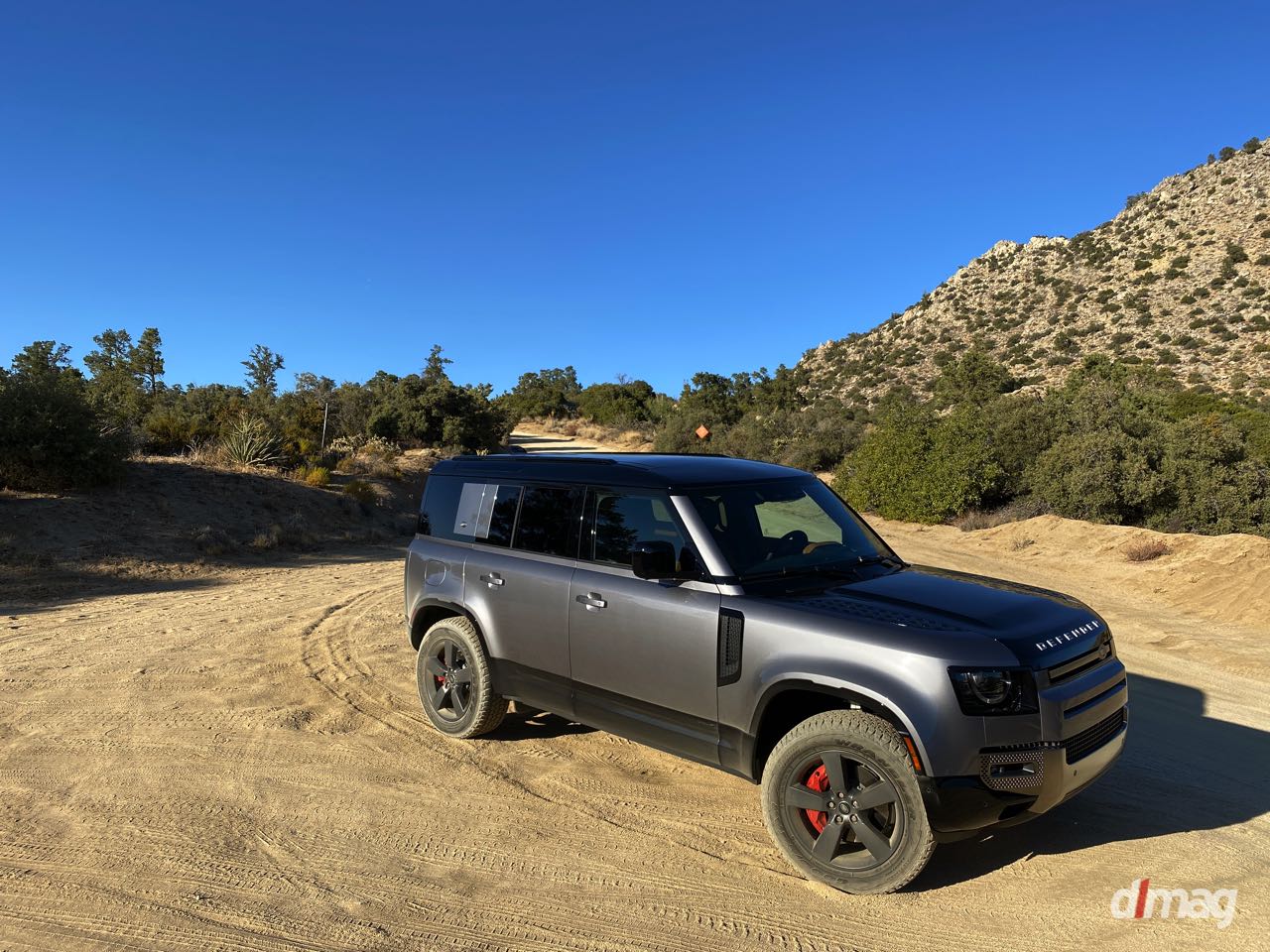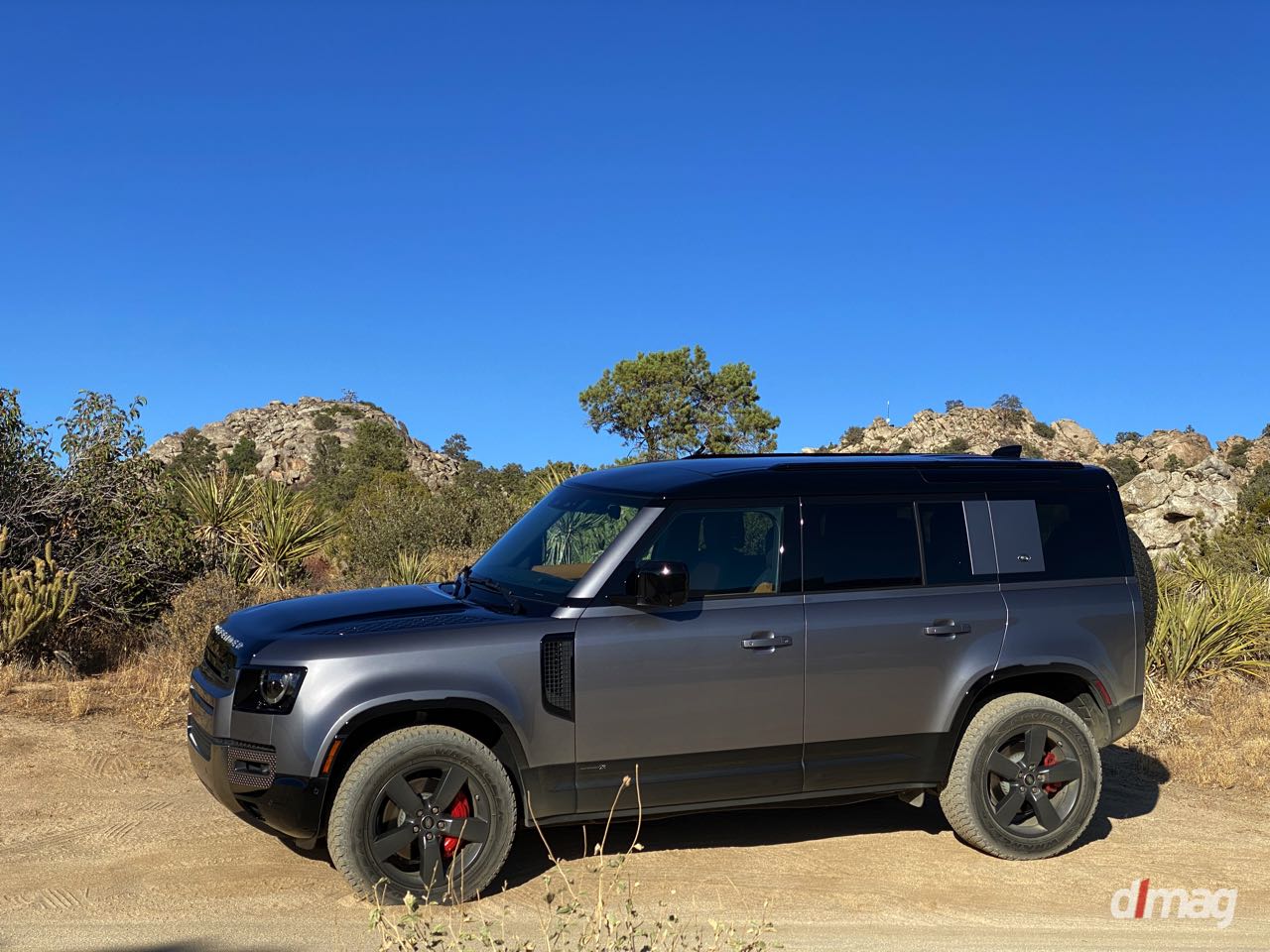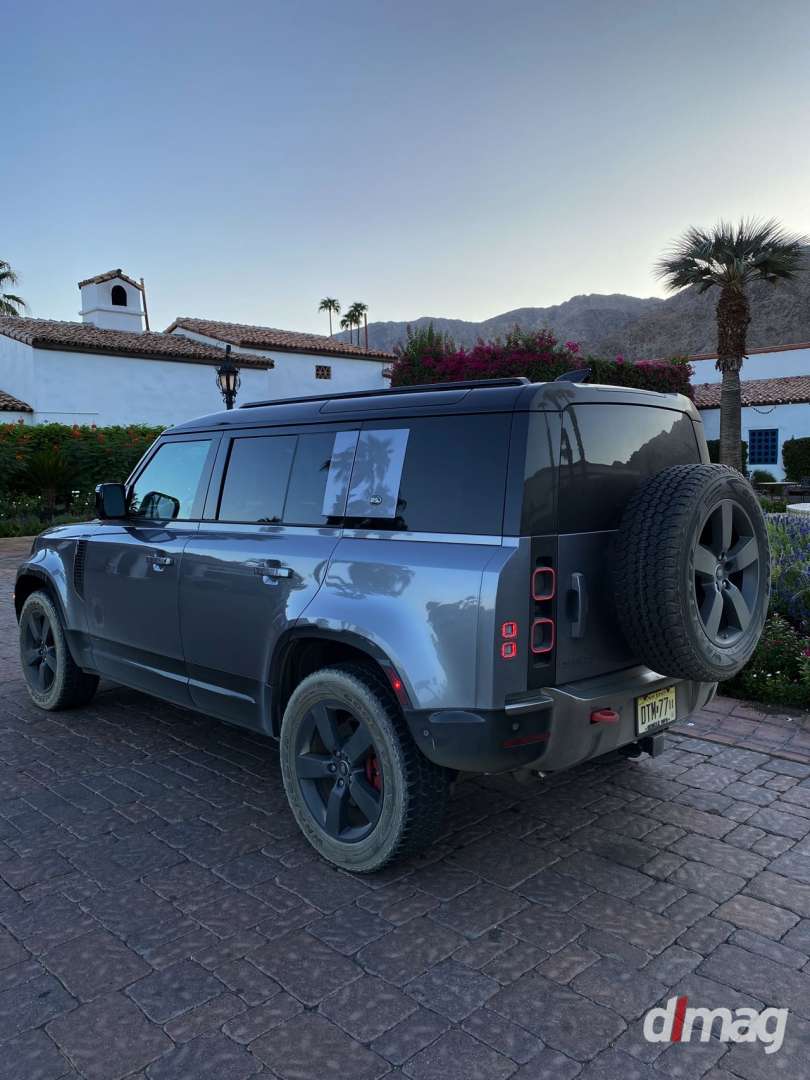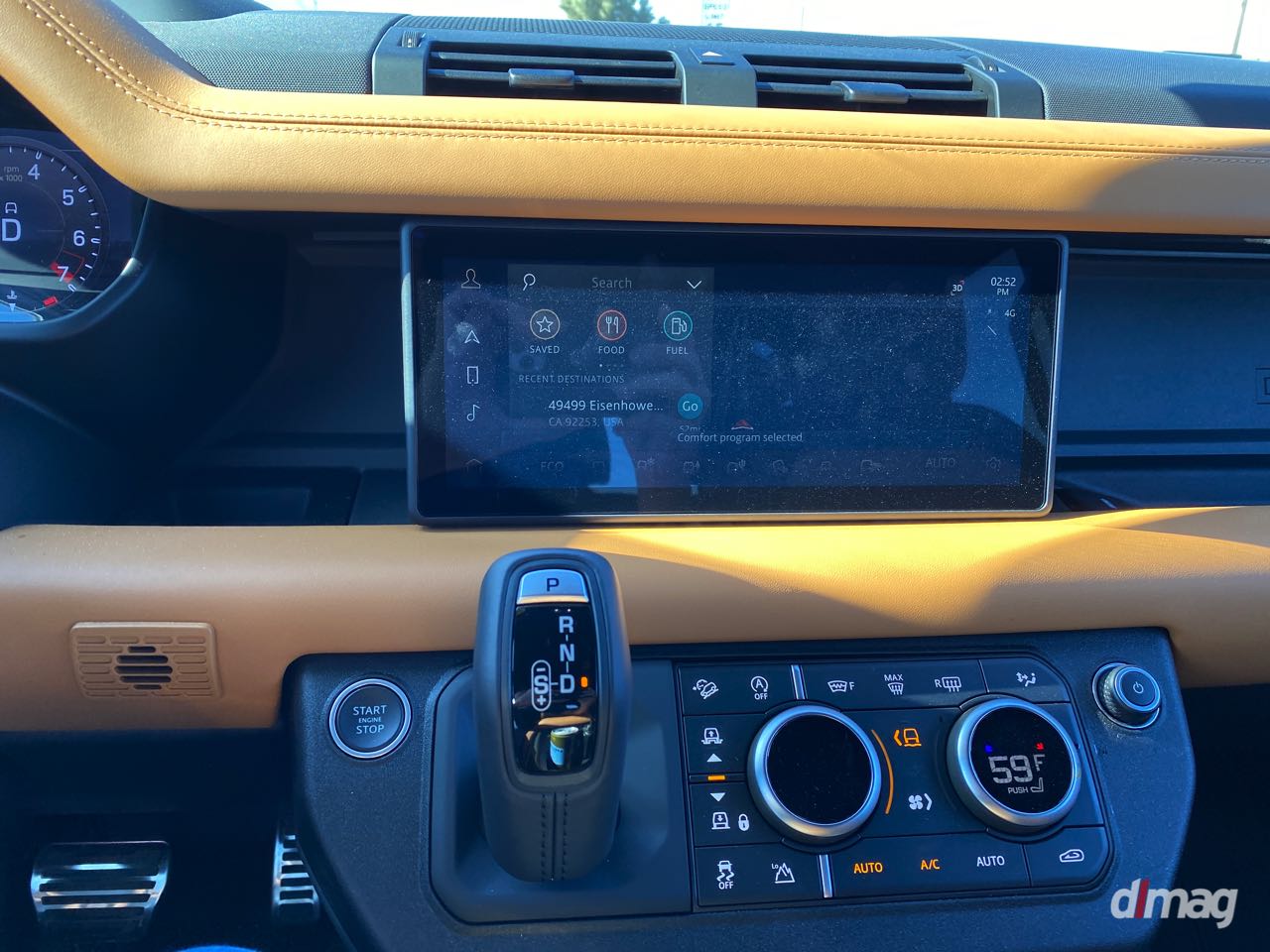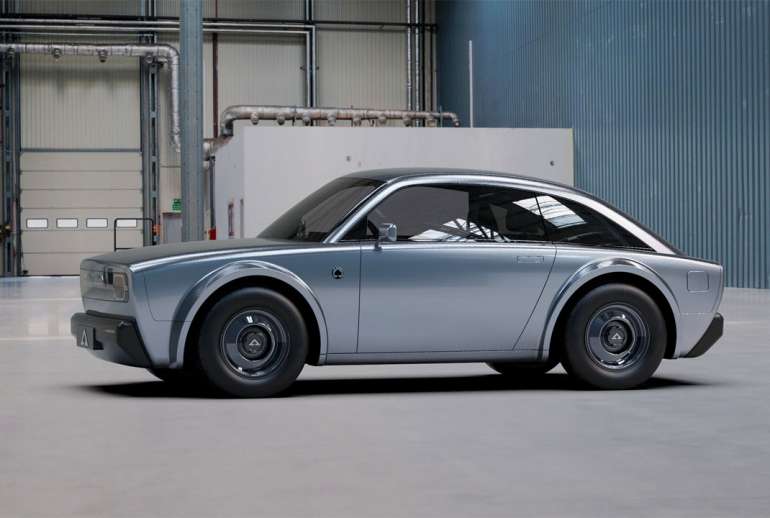The original Land Rover Defender remains a worldwide cultural icon. It’s tough to mess with a proven formula of a body-on-frame chassis, boxy styling, and solid front and rear axles, but Land Rover threw everything out the window in creating the all-new 2020 Defender. I get it; combining a ladder frame chassis and solid drive axles is a must-have and prerequisite of a genuine off-roader. Some modern vehicles still use it, in fact, like the Jeep Wrangler and – at least in part – the new Ford Bronco with its solid rear axle and independent front suspension. After spending more than enough time behind the wheels of the Defender, though, the switch to the unibody setup feels flawlessly executed.
People buy sport-utility vehicles mainly for the higher-seating position, size, and roominess. Very few will deliberately take their SUVs off-roading, Overlanding, or whatever you want to call it. Land Rover couldn’t afford to neglect the new Defender’s credentials there, but at the same time it wasn’t enough to make the new SUV solely an off-road beast.
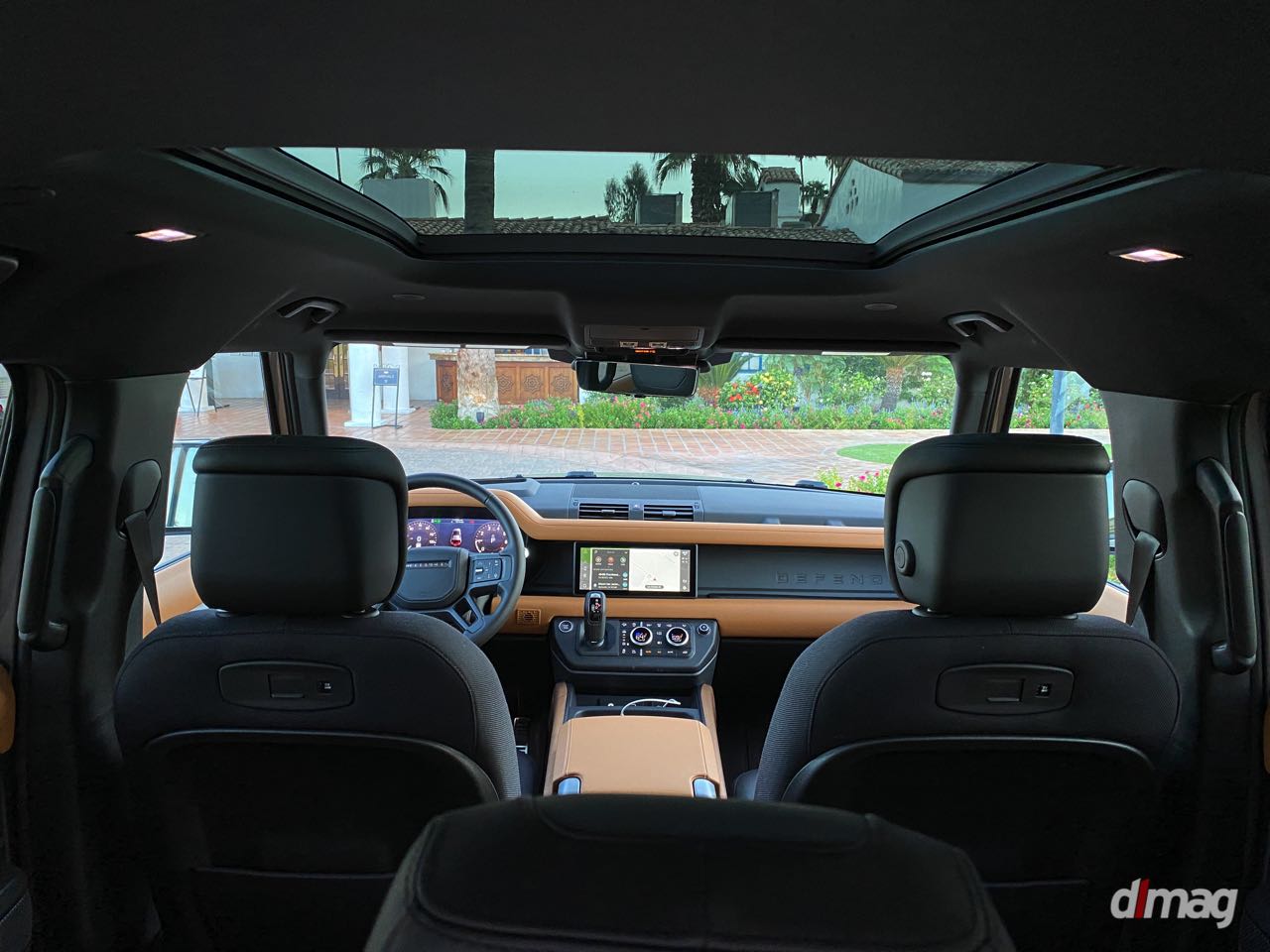
Most SUVs are used mainly for the daily commute: to and from work, shuttling kids to school or soccer practice, and similarly asphalt-based routines. With that in mind, the 2020 Defender is an excellent vehicle for everyday driving activity.

The old Defender is more like a leopard or mountain goat over too rough terrains, meaning that there’s pretty much nothing that it can’t get past. Over smooth tarmac, however, the driving experience leaves a little to be desired. That’s the opposite of what the new Defender is capable of.
Equipped with standard independent air suspension on all four corners, the new Defender rides smoothly and silently without floundering like a walrus out of water. This is where Land Rover’s decision to switch from a body-on-frame to a modern unibody design comes into play. This new all-aluminum D7X platform is cleverly engineered to be three times more rigid than the old body-on-frame assembly, and you can feel that improvement the moment you grab the wheel and step on the gas pedal.
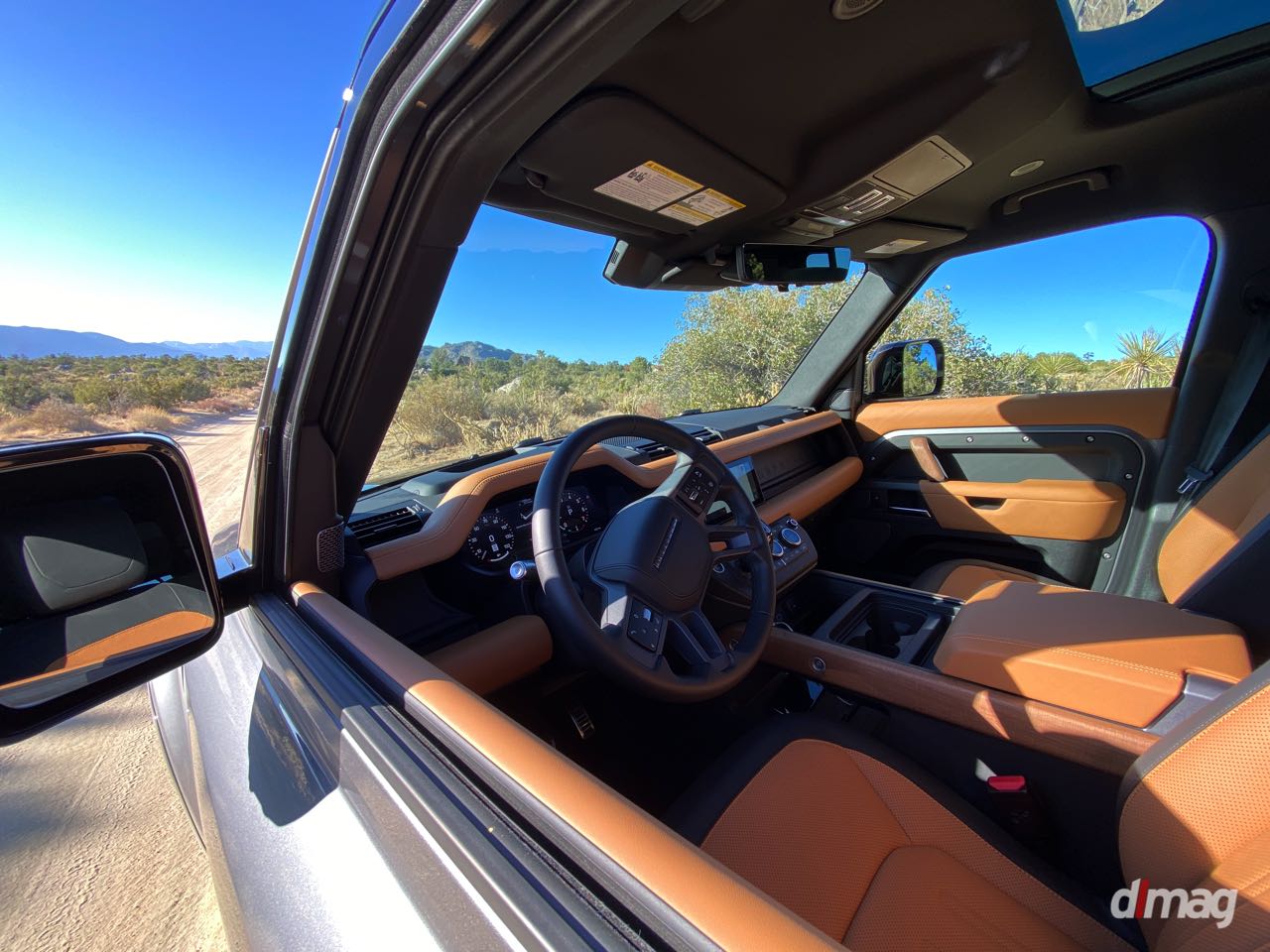
On the first day, I spent a couple of hours pushing the Defender on mostly curvy routes with rapid elevation changes, which allowed me the opportunity to get a sense of how well it handled the road. No, it doesn’t feel like a low-slung sports car, because it’s quite clearly not. Still, the new Defender handling feels sporty, more agile, and infinitely more civilized over normal roads, which matters a lot in a segment filled with comfortable and capable SUVs.
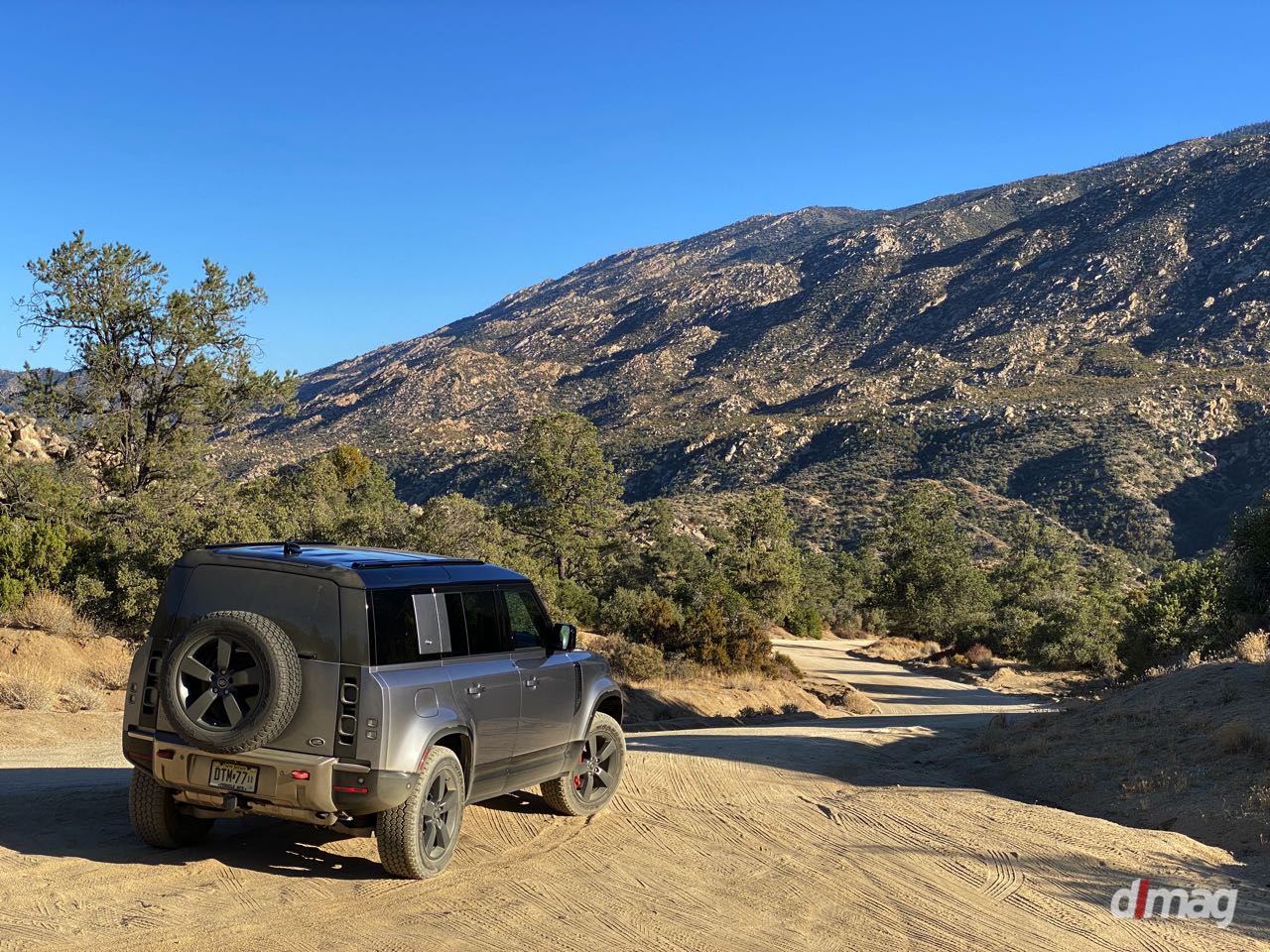
Along the route, I spotted a dirt path and thought it would be a perfect opportunity to get some alone time with the Defender. That turned out to be a great decision, because this particular test round allowed me to safely push the Defender along a twisty patch of dirt road. It felt composed around slippery turns, while the bumps were nicely ironed out.
For most owners, this is about as rough as it will get for their SUV when it comes to leaving the pavement. If that’s you, I can assure you that the new Defender is perfectly capable of handling it, and the worst you’ll have to think about is washing it afterwards.
The next day, tackling an off-road course and some higher speed trail driving, I got a sense of how substantially stiffer the new Defender feels. Ladder frame or not, the new Defender still has that ‘king of the road’ feeling behind the wheel, whether you’re driving it on or off-road, and that’s a good thing.

It has a lot to do with its new design, which remains tall and boxy to deliver an unmistakable silhouette, yet with smoother edges and reworked proportions to project an image of comfort, toughness, and practicality. The body is brimming with vintage Defender styling cues, including the headlights with circular DRLs, those funky taillights with two tiny square lighting units on each side, the magnificent Alpine windows in the roof, the side-hinged tailgate, and externally mounted spare wheel.
But from a design perspective, the new Land Rover Defender is best appreciated in the flesh. It’s a good-looking SUV, that’s for sure – and highly desirable, no doubt – but the Defender’s beauty goes beyond skin deep.

Opening the door reveals a new interior layout with chunky buttons (thank you, Land Rover), an exposed magnesium alloy cross beam (which forms an integral part of the D7X body structure while serving double duty for its grab handles), and door panels with exposed screw bolts.
Every touch surface is either soft plastic, rubber, or a mixture of both and is intended to be tough, durable, and easy to clean – even the floor mats are made of the same rubberized plastic material. We all know how the original Defender is meant to be a no-frills off-roader, and you get the same vibe in the 2020 Defender, albeit with a modern twist. Land Rover is the first to admit that it set to create a new Defender that will stand the test of time, and this is evident the moment you set foot inside the new Defender’s roomy and tech-filled cabin.
It’s the first to come with the new PIVI Pro infotainment system featuring a central 10-inch touchscreen. The user interface provides an instant response as one would expect from a smartphone, and it comes with Apple CarPlay and Android Auto connectivity. It also has a 12.3-inch digital instrument display with full-screen 3D navigation, a ClearSight frameless rearview mirror that functions as a conventional mirror and digital screen, a 3D Surround Camera system, and a head-up display. On the safety front, blind-spot assist is standard. Choosing the Driver Assist Pack adds adaptive cruise control, rear pre-collision monitoring, clear exit monitor, and a rear-traffic monitor system.
My test car was the long-wheelbase Defender 110 X (the shorter, two-door Defender 90 arrives this spring) with 5+2 seating. Measuring 197.6-inches long with a 119-inch wheelbase, the Defender 110 is a big SUV, and you have the option of choosing a third middle jump seat, a fixed center console, or nothing between the front seats to offer pass-through access to the second-row seats.

Despite its hefty proportions, the Defender 110 has a maximum approach angle of 38 degrees, break over angle is at 28 degrees, and the departure angle is a substantial 40 degrees, thanks in large part to shorter front and rear overhangs. With the standard air suspension in the highest possible setting, the Defender 110 offers 11.5-inches of ground clearance.
Powered by an MHEV, 3.0-liter turbocharged and electric boost – inline-six motor, it’s good for 395 horsepower and 406 lb-ft. of torque, the latter of which is available from 2,000 to 5,000 RPM. A 48-volt mild-hybrid system with a belt-integrated starter motor does two things: it feeds power to the electric supercharger, and it also provides electricity to a small lithium-ion battery pack. Don’t expect it to perform like a sports car, and yet going from 0 to 60 mph still edges under six seconds. This is impressive for a vehicle with a curb weight of more than 4,800 pounds (2,177 kg).
The standard 8-speed ZF automatic gearbox feels effortless, while the permanent AWD with a configurable Terrain Response system and two-speed transfer box ensures magnificent clawing abilities over inhospitable terrain. I can’t say that we did do anything too extreme during our off-the-beaten-path media drive, but there was one particular exercise where we did do some rock crawling, and which the Defender completed without breaking a metaphorical sweat.
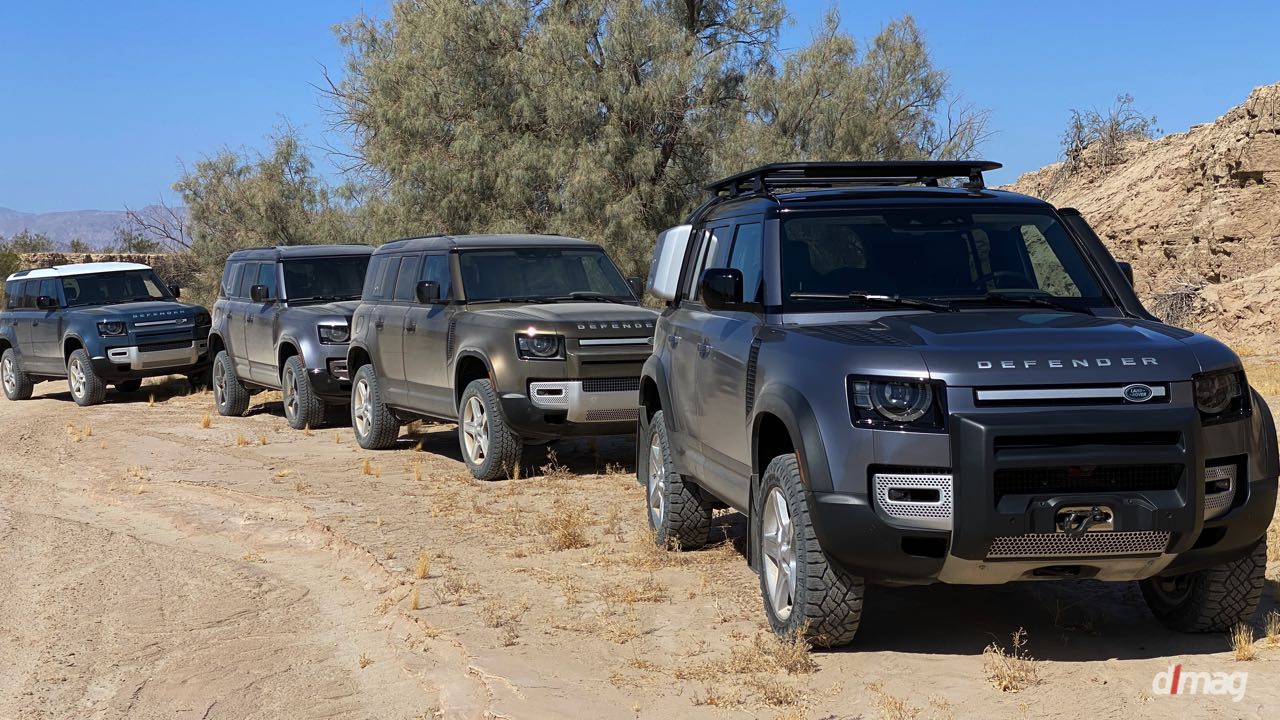
Most of all, it felt solid as a block of titanium without the unruliness you’d expect from a tough, seasoned off-roader.
I’m not a hardcore off-road person by any means, but the standard hill-descent control and Clear Sight Ground View System are nice to have as an extra pair of eyes. I also like the smooth power delivery of Land Rover’s blown inline-six, and this led me to believe that the smaller 2.0-liter four-banger in the P300 model is best utilized in the smaller and lighter Defender 90 model. You get a good sense of what power is needed, especially during our time driving on sand, and – worse yet – attempting to traverse over sand dunes.

No, none of the first journalists made it over the first few times, but once we figured out the correct drive modes and path, it proved a cinch to conquer.

Frankly, the smaller motor – yielding 296 hp and 295 lb-ft of torque – are probably just fine for everyday driving scenarios. I feel the bigger 3.0-liter engine is better suited to pull the additional weight of the Defender 100. It would have been perfect if the hybridized 3.0-liter engine had a few more horses, but the bigger engine matters if you’re looking to take full advantage of the Defender 110’s 8,201-pound towing capacity.

All is well with the 2020 Land Rover Defender. Purists may scoff at its softer edges, independent suspension, and monocoque construction. But what those changes mean is that the new Defender has never felt more substantial, more civilized, and more capable than ever before. It’s among the contenders to take home the 2021 World Luxury Car of the Year award, and I think it stands an excellent chance at it.


